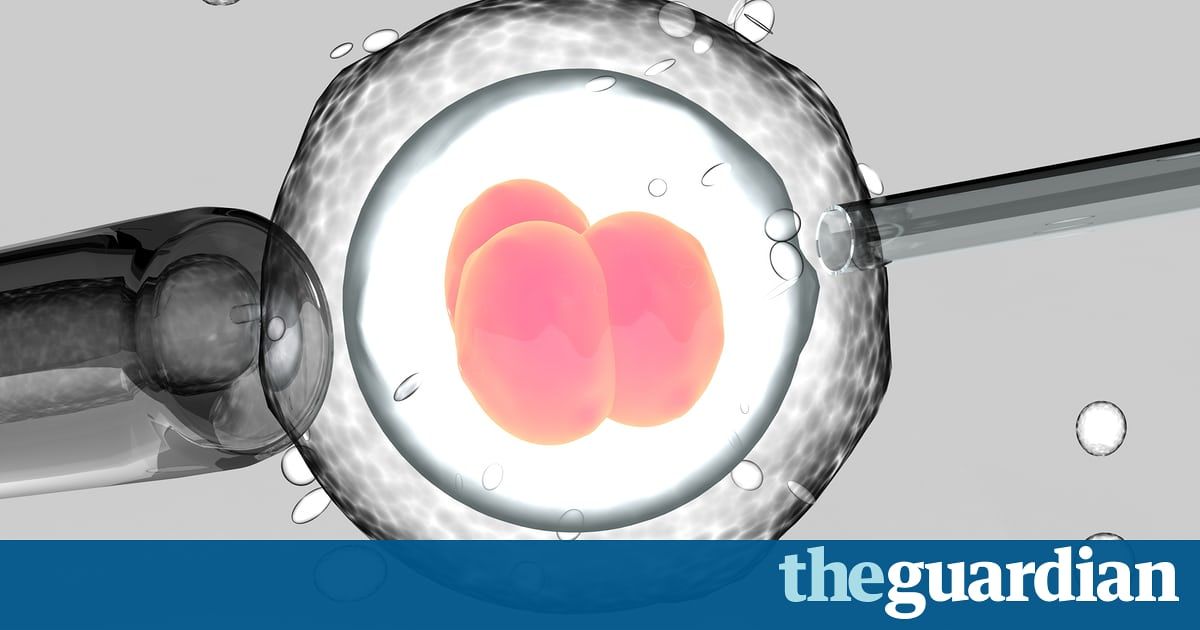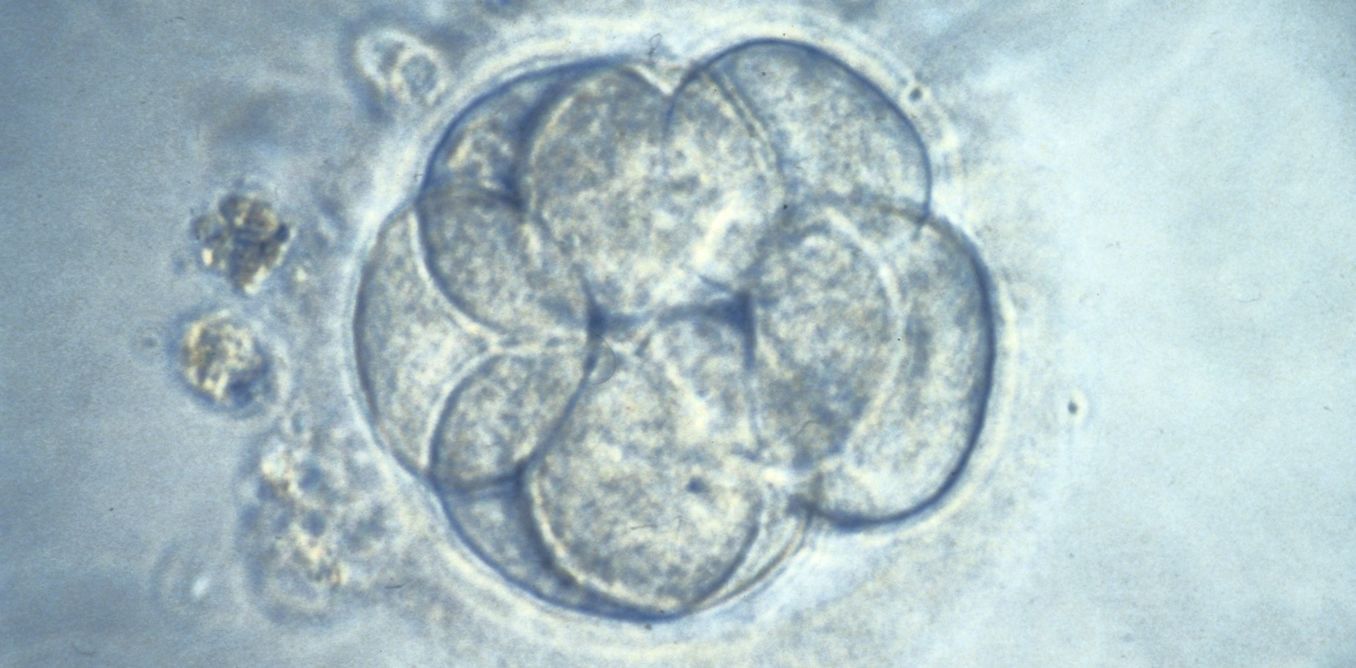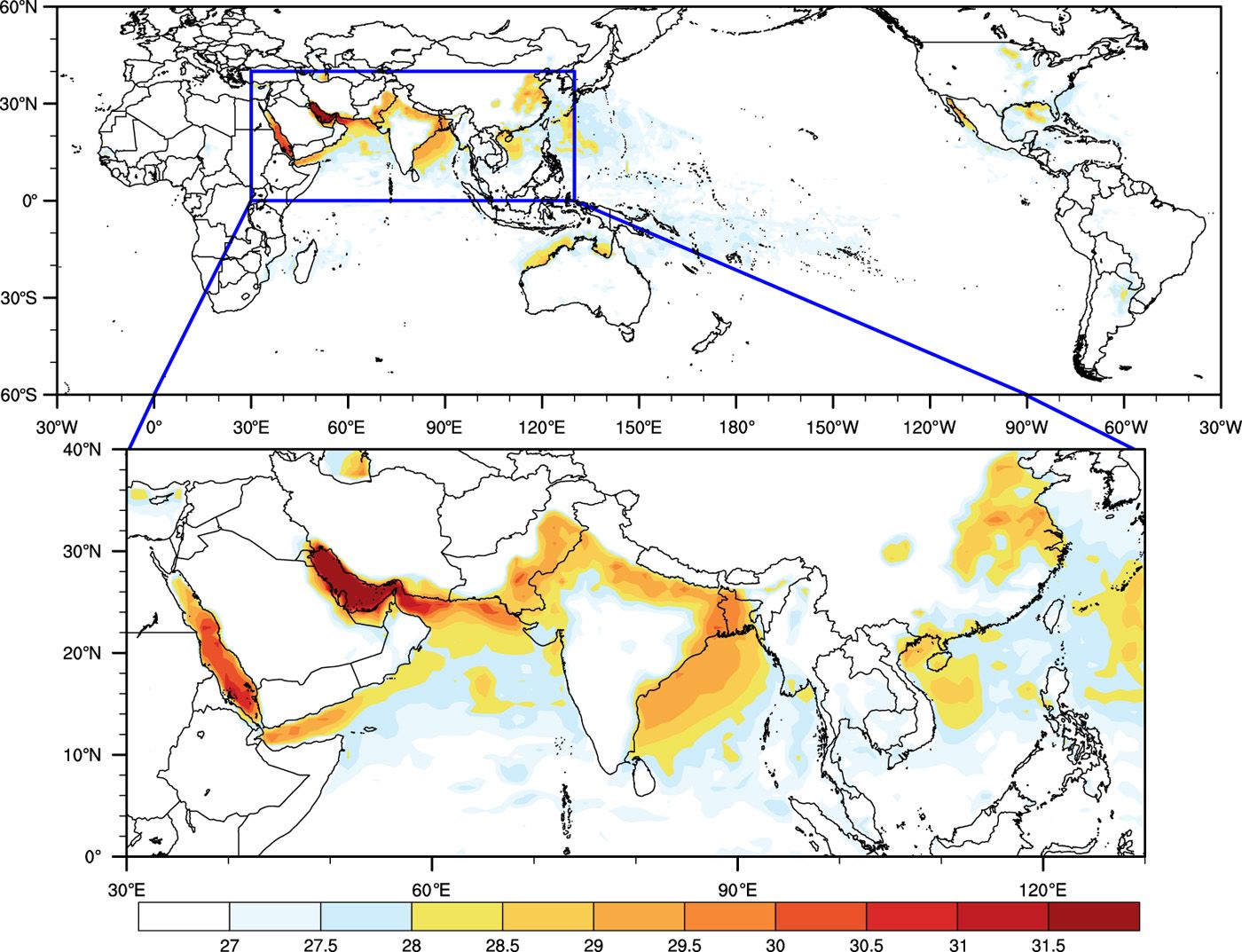Archive for the ‘biotech/medical’ category: Page 2397
Aug 3, 2017
Synthetic Genomics Make Biotech Breakthrough With Genomic 3D Printer
Posted by Klaus Baldauf in categories: 3D printing, biotech/medical, robotics/AI
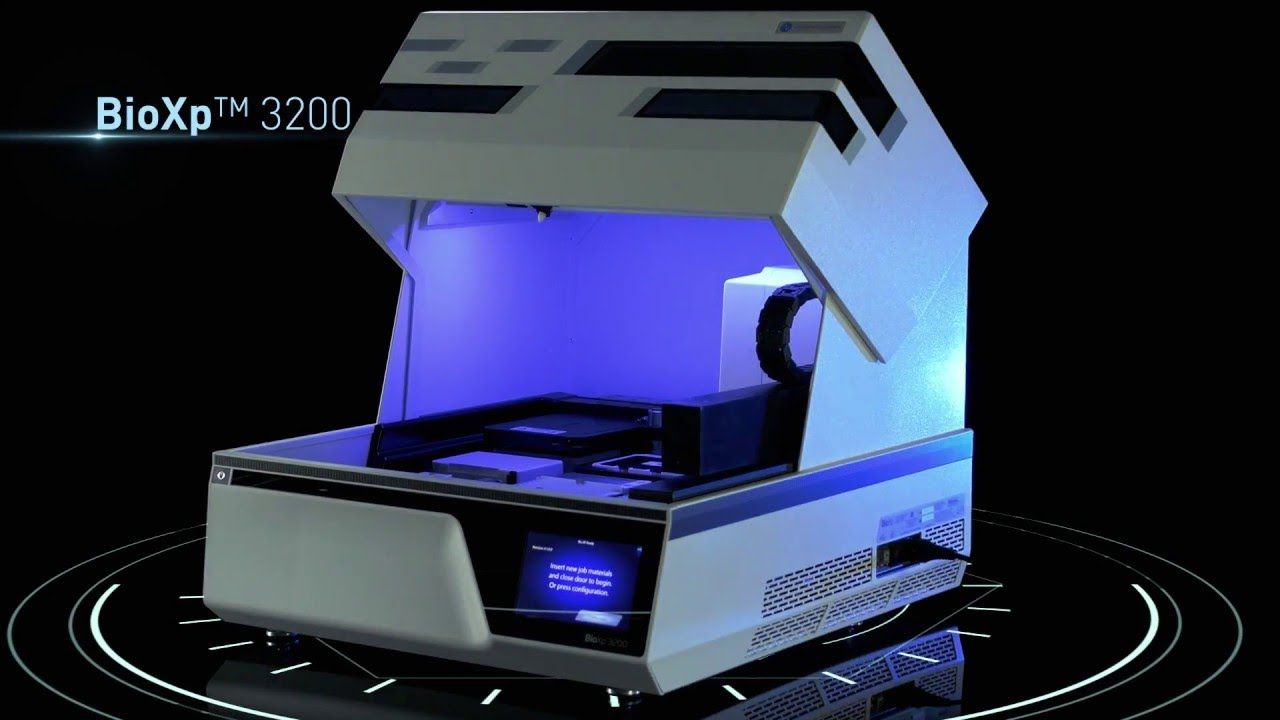
SGI-DNA has launched the world’s first DNA printer. The BioXp 3200 system is an automated personal genomic workstation that builds and clones DNA fragments virtually hands-free. Source: SGI-DNA. A Synthetic Genomics Inc. Company.
Aug 2, 2017
The Greeks really do have near-mythical origins, ancient DNA reveals
Posted by Aleksandar Vukovic in category: biotech/medical
Aug 2, 2017
Scientists edit human embryos to safely remove disease for the first time – here’s how they did it
Posted by Aleksandar Vukovic in category: biotech/medical
Two researchers are impressed with a pioneering study showing that it may be both safe and effective to edit out diseases in human embryos.
Aug 2, 2017
Deadly heat waves projected in the densely populated agricultural regions of South Asia
Posted by Aleksandar Vukovic in categories: biotech/medical, business, food, neuroscience, sustainability
The risk associated with any climate change impact reflects intensity of natural hazard and level of human vulnerability. Previous work has shown that a wet-bulb temperature of 35°C can be considered an upper limit on human survivability. On the basis of an ensemble of high-resolution climate change simulations. we project that extremes of wet-bulb temperature in South Asia are likely to approach and. in a few locations. exceed this critical threshold by the late 21st century under the business-as-usual scenario of future greenhouse gas emissions. The most intense hazard from extreme future heat waves is concentrated around densely populated agricultural regions of the Ganges and Indus river basins. Climate change. without mitigation. presents a serious and unique risk in South Asia. a region inhabited by about one-fifth of the global human population. due to an unprecedented combination of severe natural hazard and acute vulnerability.
The risk of human illness and mortality increases in hot and humid weather associated with heat waves. Sherwood and Huber proposed the concept of a human survivability threshold based on wet-bulb temperature (TW). TW is defined as the temperature that an air parcel would attain if cooled at constant pressure by evaporating water within it until saturation. It is a combined measure of temperature [that is. dry-bulb temperature (T)] and humidity (Q) that is always less than or equal to T. High values of TW imply hot and humid conditions and vice versa. The increase in TW reduces the differential between human body skin temperature and the inner temperature of the human body. which reduces the human body’s ability to cool itself. Because normal human body temperature is maintained within a very narrow limit of ±1°C. disruption of the body’s ability to regulate temperature can immediately impair physical and cognitive functions.
Aug 2, 2017
A living programmable biocomputing device based on RNA
Posted by Sean Brazell in categories: biotech/medical, computing, engineering, nanotechnology, sustainability


Synthetic biologists at Harvard’s Wyss Institute for Biologically Inspired Engineering and associates have developed a living programmable “ribocomputing” device based on networks of precisely designed, self-assembling synthetic RNAs (ribonucleic acid). The RNAs can sense multiple biosignals and make logical decisions to control protein production with high precision.
Continue reading “A living programmable biocomputing device based on RNA” »
Aug 2, 2017
You can change your eye color permanently with a laser surgery
Posted by Shailesh Prasad in category: biotech/medical
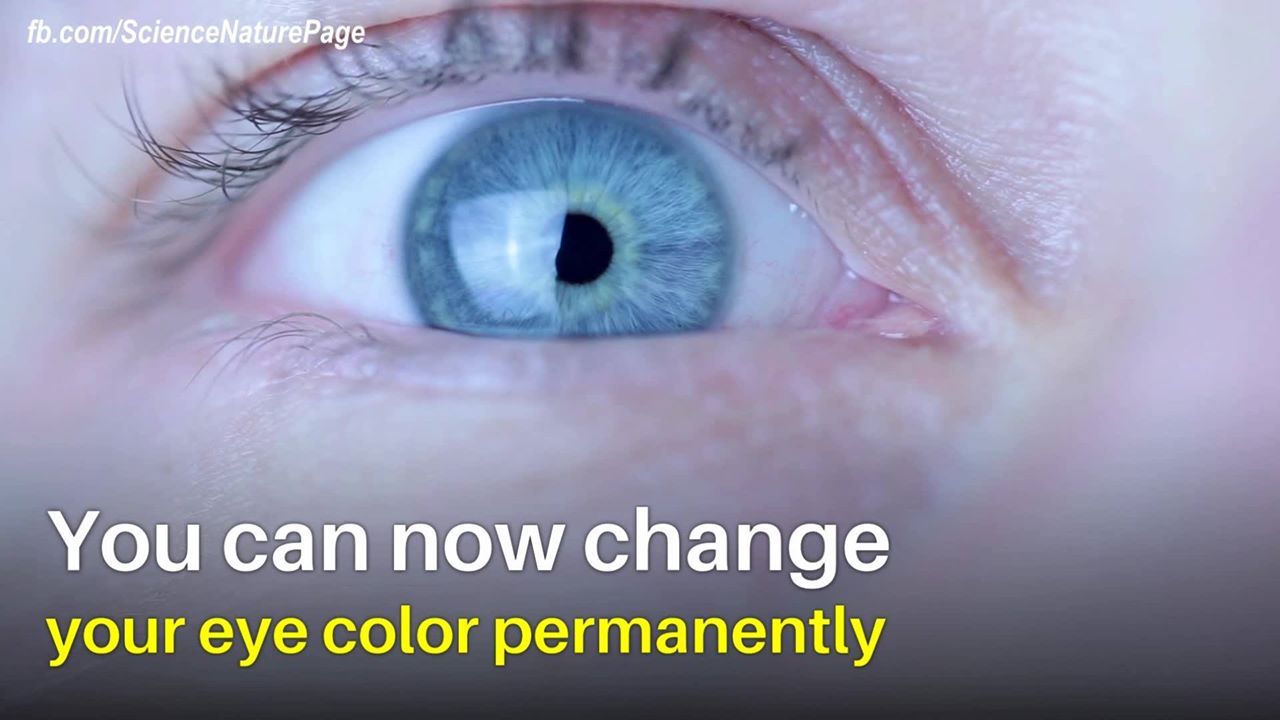
Aug 2, 2017
Can we, as adults, grow new neurons? YES: Sandrine Thuret
Posted by Müslüm Yildiz in categories: biotech/medical, life extension, robotics/AI

Can we, as adults, grow new neurons? Neuroscientist Sandrine Thuret with a background in food science, molecular, cellular, behavioural and ageing biology says that we can, and she offers research and practical advice on how we can help our brains better perform neurogenesis—improving mood, increasing memory formation and preventing the decline associated with aging along the way.
“Can we, as adults, grow new nerve cells? There’s still some confusion about that question, as this is a fairly new field of research. For example, I was talking to one of my colleagues, Robert, who is an oncologist, and he was telling me, “Sandrine, this is puzzling. Some of my patients that have been told they are cured of their cancer still develop symptoms of depression.” And I responded to him, “Well, from my point of view that makes sense. The drug you give to your patients that stops the cancer cells multiplying also stops the newborn neurons being generated in their brain.” And then Robert looked at me like I was crazy and said, “But Sandrine, these are adult patients — adults do not grow new nerve cells.” And much to his surprise, I said, “Well actually, we do.” And this is a phenomenon that we call neurogenesis.”
Continue reading “Can we, as adults, grow new neurons? YES: Sandrine Thuret” »
Aug 2, 2017
Pharma-controlled Journal of the American Medical Association waging full-scale attack on Vitamin D in effort to push flu shots for toddlers
Posted by John Gallagher in categories: biotech/medical, health
(Natural News) A recent headline in the U.K.’s Daily Mail boldly declares, “Vitamin D will NOT protect your child from a cold: Myth-busting study says ‘more isn’t always better’ to help toddlers stay healthy.” This disingenuous headline infers that vitamin D has no protective effect against colds and flu. In fact, the study it goes on to cite, published in the Journal of the American Medical Association (JAMA), only compared the effects of two different dosages of vitamin D administered to children. It did not compare the health of children who were not given vitamin D supplements at all, to those who were.
For some time now, researchers have understood that there is a link between a lack of sunshine, as experienced in most northern hemisphere countries in winter time, and the increased prevalence of viral infections, particularly upper respiratory tract infections, or the common cold. The production of the hormone vitamin D is directly linked to exposure to direct sunlight.
Researchers at St. Michael’s Hospital in Toronto, Canada, decided to investigate whether giving children doses higher than the daily recommended amount of vitamin D would reduce their risk of getting sick. Their study included 700 healthy children between the ages of 1 and 5. Half the children were given the standard recommended dose of 400IU of vitamin D daily during winter, while the other half were given a higher dose of 2000IU each day. There was no statistically significant difference in the number of colds and flus reported by the children’s parents for the duration of the study – all the kids in both groups had an average of about 1.9 colds each.
Aug 2, 2017
Expert warns ‘cancer moonshot’ could open the door to DNA bioweapons
Posted by John Gallagher in categories: biotech/medical, innovation
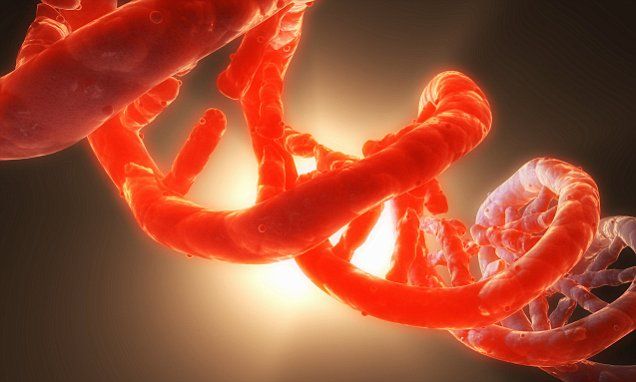
Scientists around the world have long been searching for a cure for cancer, and recent advancements in technology coupled with rigorous new efforts such as Joe Biden’s ‘cancer moonshot’ have ignited hopes that it could soon become a reality.
But, experts warn that such a breakthrough, despite its obvious benefits, could have unexpected global consequences.
Continue reading “Expert warns ‘cancer moonshot’ could open the door to DNA bioweapons” »
